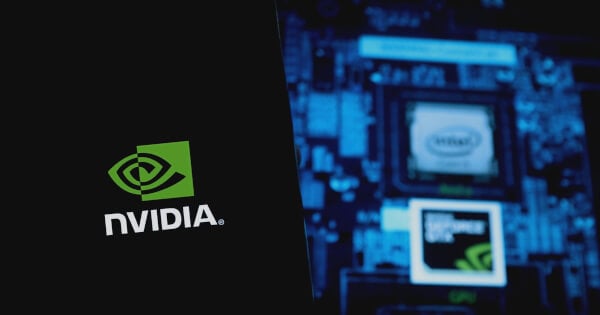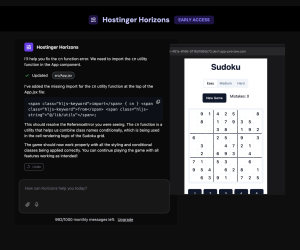HP and NVIDIA Collaborate on Open-Source Manufacturing Digital Twin

Rongchai Wang
Jul 22, 2024 18:14
HP 3D Printing and NVIDIA Modulus team up to enhance manufacturing digital twins using physics-informed machine learning.
HP 3D Printing and NVIDIA Modulus have announced a collaboration to develop an open-source manufacturing digital twin, leveraging physics-informed machine learning (physics-ML). This partnership aims to foster innovation in AI engineering applications by embedding physical laws into the learning process, according to NVIDIA Technical Blog.
Advancements in Physics-ML
Physics-ML is a burgeoning field that incorporates physical laws into machine learning models, enhancing the generalizability and efficiency of neural networks. NVIDIA Modulus, an open-source framework, facilitates the building, training, and fine-tuning of these models with a simple Python interface. The framework offers reference applications to help domain experts apply physics-ML to real-world use cases.
The Digital Twin team at HP 3D Printing Software Organization has utilized physics-ML models for their manufacturing digital twin and contributed this work to Modulus. HP, a leader in additive manufacturing, aims to accelerate the onboarding of new applications and adopt this technology in production environments. Dr. Jun Zeng, HP’s distinguished technologist, emphasized the importance of physics simulation engines grounded in manufacturing process variability, noting the significant speedups achieved with well-trained physics-ML models.
Digital Twins in Additive Manufacturing
HP has a rich history of technological innovation, including the development of thermal inkjet technology. The company’s latest innovation, HP Metal Jet, enables the production of industrial-grade 3D metal parts. HP is developing a digital twin for Metal Jet technology to optimize design parameters and process control, thereby improving part quality and manufacturing yield.
The HP team created the Virtual Foundry Graphnet model, applying physics-ML to accelerate the computation of metal powder material phase transitions. This model has achieved significant speedups, enabling near real-time, high-fidelity emulation of the metal sintering process. The model has also demonstrated its applicability to diverse geometrical designs and process parameter configurations.
Physics-ML Innovation at HP
Although physics-ML is still in its early stages, the HP Digital Twin team believes in the role of the open-source community in accelerating its development. By open-sourcing Virtual Foundry Graphnet through NVIDIA Modulus, HP has joined the physics-ML open-source community. Traditional high-fidelity physics simulations are computationally intensive, often taking hours or days for one design iteration. Physics-ML surrogate models offer high-fidelity emulation, enabling faster design iterations.
Instant feedback on product design manufacturability and automated design screening are now possible with physics-ML surrogate models. These models also allow product design teams to use prior simulation data as a source of ground-truth data. The integration of product design and manufacturing optimizations, which traditionally required multiple iterations between departments, can now be significantly accelerated.
HP’s process physics simulation software, Digital Sintering, has been deployed to HP Metal Jet customers to improve manufacturing outcomes. Running a well-trained metal sintering inferencing engine takes just seconds to obtain the final sintering deformation value, significantly reducing the time required for design iterations.
Empowering Researchers
Physics-ML surrogate models are at the forefront of near-real-time simulation workflows. Innovations like Virtual Foundry Graphnet demonstrate the power of AI to accelerate simulation workflows, delivering predictions in seconds. Democratizing AI for manufacturing is essential to empower a wider range of innovators to solve industry challenges.
AI researchers and the HP 3D Printing team utilize the NVIDIA Modulus open-source project to collaborate with domain experts. NVIDIA supports the physics-ML research community by providing a platform that enhances collaboration and innovation, ensuring that advanced AI tools are accessible to all.
Image source: Shutterstock










